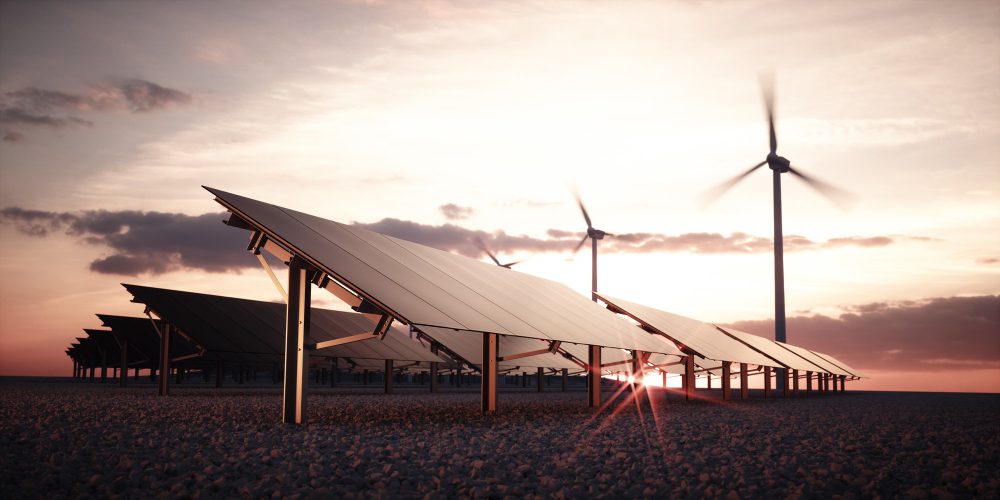Executive Summary
- China plans to nearly double its energy storage capacity to over 180 gigawatts by 2027, backed by an anticipated investment of US$35 billion.
- The initiative is crucial for building a modern power system, achieving carbon reduction goals, and ensuring flexible power adjustment during peak demand.
- The plan encourages the diversification of energy storage technologies, including hydrogen, compressed-air, and sodium-ion battery solutions, beyond current lithium-ion dominance.
The Story So Far
- China’s ambitious energy storage plan is a strategic imperative driven by its commitment to achieving carbon-peak and carbon-neutrality goals, necessitating the integration of advanced energy storage systems to build a modern, flexible power grid capable of managing peak demand and enhancing energy security. This initiative also positions China to capitalize on robust global demand for energy storage solutions and further solidify its role as a global leader in green technology innovation.
Why This Matters
- China’s ambitious plan to nearly double its energy storage capacity to over 180 gigawatts by 2027, backed by a US$35 billion investment, signifies a critical step towards modernizing its power grid and achieving its carbon-peak and carbon-neutrality goals. This strategic push will not only enhance the stability and flexibility of its domestic energy supply, particularly in integrating renewables and managing peak demand, but also further solidify China’s global leadership in green technology innovation by fostering the development of diverse advanced storage solutions.
Who Thinks What?
- China, through the National Development and Reform Commission and National Energy Administration (NEA), believes that expanding energy storage capacity is essential for building a modern power system, meeting carbon reduction goals, and ensuring flexible power adjustment, especially during peak demand.
- InfoLink Consulting highlights a robust and expanding global demand for energy-storage solutions, evidenced by a significant year-on-year increase in global shipments of energy-storage battery cells.
China has unveiled an ambitious action plan to significantly expand its energy storage capacity, aiming to nearly double current levels to over 180 gigawatts by 2027 with an anticipated investment of 250 billion yuan (US$35 billion). Released jointly by the National Development and Reform Commission and the National Energy Administration (NEA) on Friday, the initiative underscores Beijing’s commitment to integrating advanced energy storage systems into its modern power grid to meet its carbon-peak and carbon-neutrality goals.
Ambitious Capacity Targets and Investment
The action plan projects China’s “new-energy storage system” capacity, primarily based on lithium-ion batteries, to exceed 180 gigawatts within the next two years, a substantial increase from the 95 gigawatts recorded as of June. This aggressive expansion is backed by a significant investment of approximately US$35 billion.
Beyond capacity targets, the plan also seeks to broaden the application of energy storage technologies. It encourages the development of projects in diverse locations, including vast desert areas and sites previously occupied by retired coal-fired power plants, maximizing resource utilization.
In a move to diversify its energy portfolio, the plan pledges to foster the development of alternative energy-storage technologies. This includes exploring and implementing solutions such as hydrogen storage, compressed-air energy storage, and sodium-ion battery storage, indicating a long-term vision beyond current dominant technologies.
Strategic Imperatives and Market Dynamics
The National Energy Administration emphasized that energy storage is “essential for building a modern power system” as China progresses towards its carbon reduction goals. The NEA highlighted its role as a crucial tool for flexible power adjustment, particularly in addressing pressures on power supply during peak demand periods.
This latest action plan emerges amidst a robust and expanding global demand for energy-storage solutions, both domestically and internationally. According to InfoLink Consulting, global shipments of energy-storage battery cells reached 240.21 gigawatt-hours in the first half of 2025, marking a year-on-year increase of 106.1 percent.
Outlook on China’s Energy Future
China’s strategic push into advanced energy storage positions the nation to not only enhance its domestic energy security and climate commitments but also to further solidify its role as a global leader in green technology innovation. The comprehensive plan reflects a concerted effort to modernize its power infrastructure and meet ambitious environmental targets.








